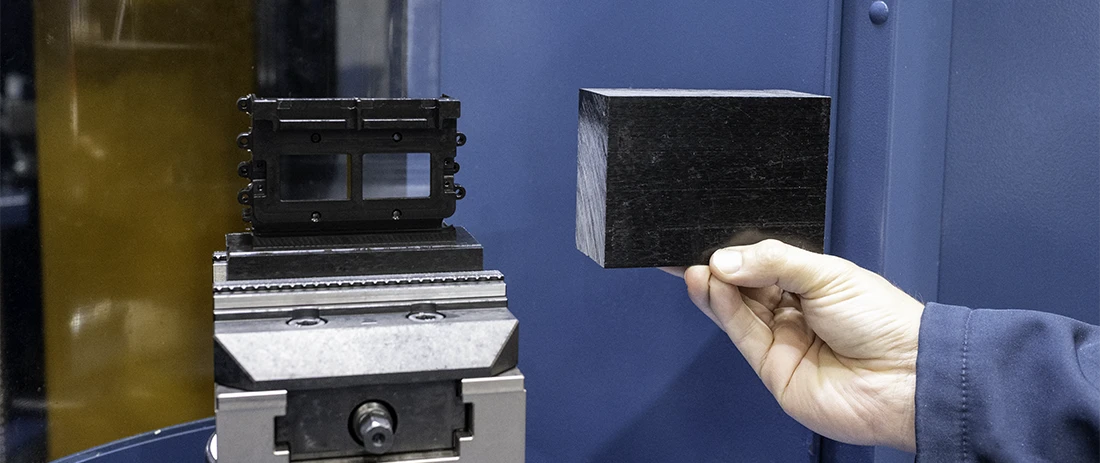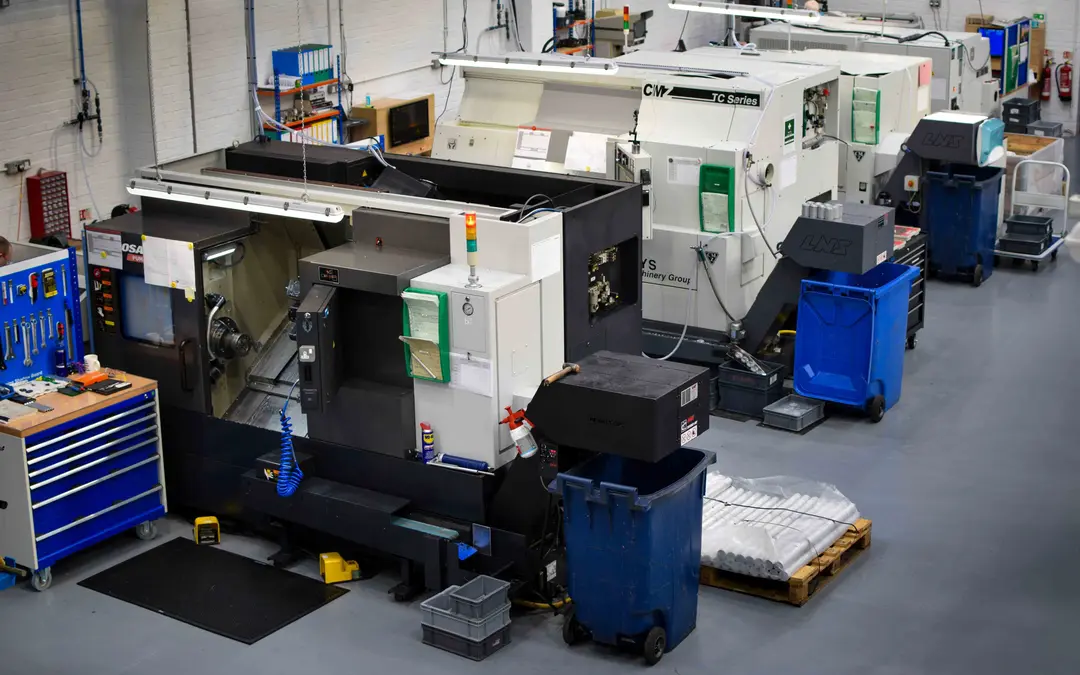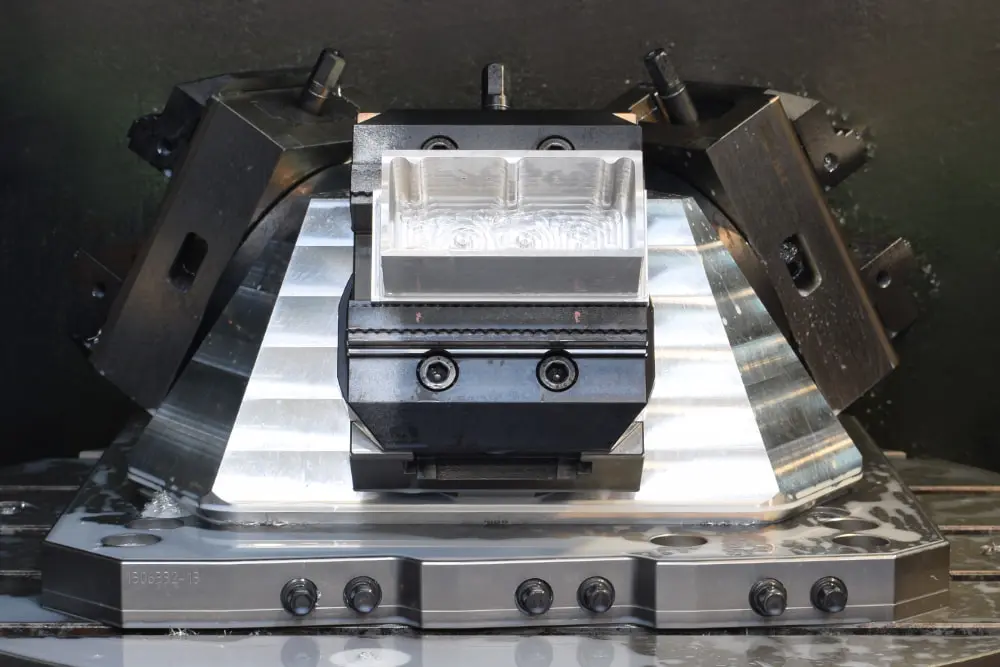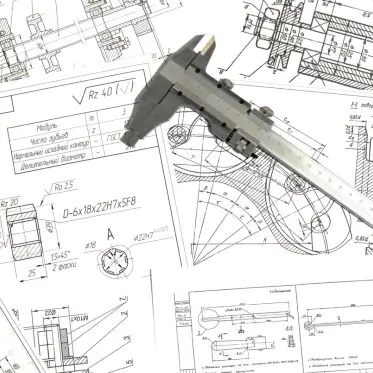 Get a quote
Get a quote
If you're sourcing high-precision components, selecting the right material can make or break your project. Delrin and Nylon are two engineering plastics commonly used in CNC machining, each offering unique strengths. Together, we’ll go through the key differences in Delrin vs nylon properties so you can choose the right fit for your next job.
Delrin and Nylon are two of the most commonly specified materials in CNC plastic machining. Both offer strength, wear resistance, and adaptability across industries like aerospace, automotive, medical, and manufacturing. But their behaviour under heat, stress, and moisture can lead to very different performance outcomes.
You might be machining custom gears, housings, or fluid-handling components. Maybe you're developing prototypes or production parts with tight tolerances. Either way, choosing between Delrin vs Nylon depends on more than just material availability.
Although both Delrin and Nylon are tough engineering plastics, they don’t perform the same in all environments. Here’s how their differences show up in practice.
Delrin offers high stiffness and dimensional accuracy, while Nylon provides better toughness and impact resistance. Both are strong engineering plastics, but their mechanical strengths suit different kinds of stress. The best choice depends on how the part will be used.
Key strength and wear considerations:
Nylon’s flexibility makes it ideal for dynamic parts that take a beating. Delrin’s rigidity keeps components aligned where precision is critical. Understanding your load conditions will help you choose the right material.
Nylon handles heat better than Delrin, especially in reinforced grades. Glass-filled Nylon 6/6 can tolerate continuous temperatures around 120–130°C, while standard Delrin usually caps out closer to 100–110°C. That makes Nylon the go-to for many engine bay or electrical applications.
In short, if your part will be sitting close to a heat source or exposed to frictional heat, Nylon is the safer option.
This is one of the biggest differentiators in Delrin material vs nylon. Nylon is hygroscopic, it absorbs moisture from the air, which can change its size and strength over time. Delrin barely absorbs any moisture, so its dimensions stay consistent even in wet conditions.
This matters a lot in tight-tolerance assemblies or sealed systems. For example, Delrin is ideal for CNC turned components in water valves or pump bodies where warping can’t be tolerated.
Delrin machines cleanly and leaves a smooth, high-quality surface straight off the tool. Its rigidity helps prevent vibration, allowing for precise detailing and sharp edges. That’s why it’s often chosen for parts where both appearance and function matter. Nylon, being more flexible, tends to drag or deflect during machining, which can lead to a rougher finish.
Extra finishing steps like sanding or deburring are often needed when working with Nylon. Delrin, by contrast, typically requires little or no post-processing. If you're producing tactile components like medical handles or consumer product enclosures, Delrin offers a more refined result. When aesthetics and consistency count, it’s the more reliable material.
This is where Nylon often has the upper hand. The raw Delrin vs nylon price difference can range from 10% to 30%, depending on the grade and supplier. For large-volume production, that cost saving can be significant. The lower upfront price doesn’t always translate to better overall value.
Nylon may need pre-drying, slower cutting speeds, or more finishing time, which can add to labour and machine costs. Delrin, on the other hand, machines faster and more cleanly, reducing tool wear and rework. For critical or high-precision parts, those savings can justify the higher material price. It’s important to evaluate the cost per finished part, not just the cost per kilogram.
Both materials are suitable for CNC machining, but they behave differently during cutting and finishing. Delrin offers better dimensional stability and cleaner cuts, while Nylon is more prone to tool deflection and surface fuzzing.
These differences are especially noticeable in plastic machining services for CNC components, where tolerance control and surface quality directly affect final part performance. Choosing the right material early helps avoid rework, tool wear, and dimensional issues during production.
Delrin holds tight tolerances with ease. Its low moisture uptake and rigidity mean what you machine is what you get. Nylon, on the other hand, can change size after machining if not conditioned properly.
If you’re building assemblies where parts snap together or rotate precisely, Delrin is the safer bet.
Delrin is known as a free-cutting plastic. It forms clean chips, runs cool, and puts less stress on cutting tools. Nylon creates more friction and wears down tools faster, especially in glass- or mineral-filled grades.
Nylon’s flexibility can cause bouncing or fuzzing at high speeds, which affects precision and finish. Using sharp carbide tools and lower RPMs helps reduce these effects when machining Nylon. For long production runs or high-accuracy parts, Delrin can help minimise tool changes and reduce downtime.
Delrin typically comes off the machine clean, with smooth surfaces, sharp edges, and well-formed threads. It often needs little or no post-processing, which helps keep production times and labour costs low. This makes it a strong choice when efficiency and consistency are key.
Nylon, on the other hand, can show signs of melting, fuzzing, or raised edges during machining. These effects may require extra steps like deburring, sanding, or polishing to meet final part requirements. That added work can slow down your workflow and affect consistency, especially when surface finish is a priority across multiple features.
Choosing between Nylon vs Delrin often comes down to how and where your part is used. Here’s a breakdown of common use cases for each:
Delrin is ideal for:
Nylon is better for:
Both materials are widely used across industries that rely on durable, high-performance polymers. Applications that demand tight tolerances and moisture resistance often lean toward Delrin, while those requiring impact strength and heat tolerance favour Nylon.
If you’re deciding more broadly between polymers and metals, check out Plastic vs Metal for CNC machining. A well-matched CNC machining service for engineering plastics can ensure that material choice aligns with both part function and manufacturing efficiency.
Choosing between Nylon and Delrin depends on what your part needs to handle, whether it’s heat, moisture, impact, or tight tolerances. It’s also about balancing short-term cost with long-term performance.
Some applications demand high precision and dimensional stability, while others call for resilience, flexibility, or cost efficiency. Understanding these trade-offs early can save time, money, and rework later on.
Choose Delrin when:
Choose Nylon when:
If your project is still in early development, working with a provider experienced in prototype machining for plastic components can help identify the most suitable material before moving to production. This can reduce costly redesigns and lead time issues down the line.
Explore more material comparisons in our guides on ABS vs Polycarbonate and Aluminium vs Titanium.
Nylon usually offers better cost-per-part in large batches. But if tolerances are tight or there's exposure to moisture, Delrin can prevent rework and save money long-term. Your choice depends on where you’re willing to invest, material or precision.
Delrin machines faster and needs less post-processing, which can shorten lead times. Nylon often requires drying, extra finishing, and more frequent tool changes. Choosing Delrin may speed up production, especially on short deadlines.
Delrin can consistently hit ±0.05 mm or better. Nylon tolerances may shift over time due to moisture and thermal expansion. If the parts need to fit tightly or remain stable in different conditions, Delrin holds shape better.
Nylon can absorb water from the air or its environment, which causes swelling or weakening. That can lead to warping or changes in performance. Delrin doesn’t absorb enough moisture to matter, it stays true to shape.
Yes, especially for simple or large parts where precision is less critical. Nylon’s lower cost per kg adds up in volume. But for parts where failure due to warping or misfit is expensive, sticking with Delrin could save more overall.
Nylon tolerates heat better, especially in reinforced grades. It holds up under sustained temperatures that would soften Delrin. For parts near engines, in electronics, or around heat sources, Nylon is usually the safer option.

Environmental responsibility is becoming a key consideration in modern manufacturing. Green machining offers a smarter, more sustainable way to produce high-precision components without compromising on quality or performance. As industries adapt to changing expectations, sustainable machining is becoming essential for staying competitive and future-ready.

Automation and lean manufacturing don't have to be opposing forces—when combined through palletisation, they unlock new levels of CNC machining efficiency, minimising downtime and driving precision without compromise.

You love the brushed aluminium finish on your top-of-the-range designer laptop. And you want the same finish for the high-end medical device you're specifying. But this may not be as easy as you think. The aluminium grade you want may not be readily available. Or the finishing may require special techniques.